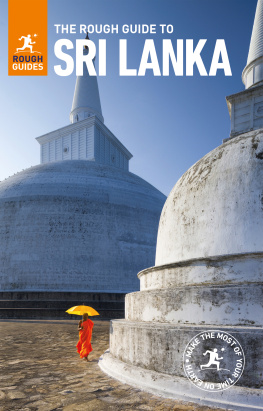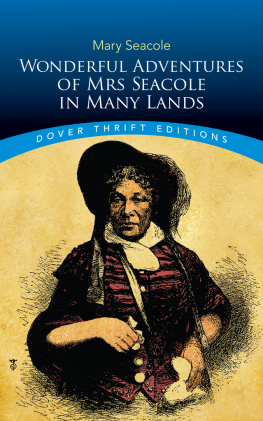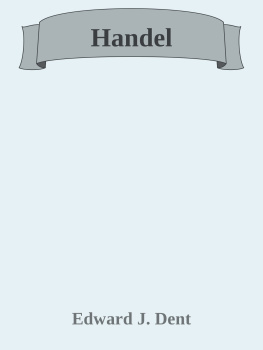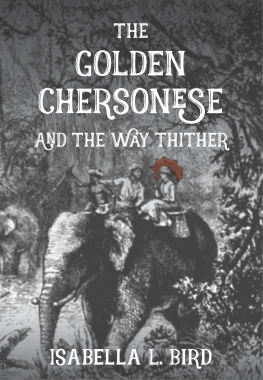The German Terror In Belgium
An Historical Record
Arnold J. Toynbee
Contents:
The German Terror In Belgium
Preface
I. The Track Of The Armies.
II. From The Frontier To Lige.
III. From Lige To Malines.
The German Terror In Belgium, A. J. Toynbee
Jazzybee Verlag Jrgen Beck
86450 Altenmnster, Loschberg 9
Germany
ISBN: 9783849646097
www.jazzybee-verlag.de
www.facebook.com/jazzybeeverlag
admin@jazzybee-verlag.de
The German Terror In Belgium
Preface
The subject of this book is the treatment of the civil population in the countries overrun by the German Armies during the first three months of the European War. The form of it is a connected narrative, based on the published documents and reproducing them by direct quotation or (for the sake of brevity) by reference.
With the documents now published on both sides it is at last possible to present a clear narrative of what actually happened. The co-ordination of this mass of evidence, which has gradually accumulated since the first days of invasion, is the principal purpose for which the book has been written. The evidence consists of first-hand statements some delivered on oath before a court, others taken down from the witnesses without oath by competent legal examiners, others written and published on the witnesses' own initiative as books or pamphlets. Most of them originally appeared in print in a controversial setting, as proofs or disproofs of disputed fact, or as justifications or condemnations of fact that was admitted. In the present work, however, this argumentative aspect of them has been avoided as far as possible. For it has either been treated exhaustively in official publications the case of Louvain, for instance, in the German White Book and the Belgian Reply to it or will not be capable of such treatment till after the conclusion of the War. The ultimate inquiry and verdict, if it is to have finality, must proceed either from a mixed commission of representatives of all the States concerned, or from a neutral commission like that appointed by the Carnegie Foundation to inquire into the atrocities committed during the Balkan War. But the German Government has repeatedly refused proposals, made both unofficially and officially, that it should allow such an investigation to be conducted in the territory at present under German military occupation, and the final critical assessment will therefore necessarily be postponed till the German Armies have retired again within their own frontiers.
Meanwhile, an ordered and documented narrative of the attested facts seems the best preparation for that judicial appraisement for which the time is not yet ripe. The facts have been drawn from statements made by witnesses on opposite sides with different intentions and beliefs, but as far as possible they have been disengaged from this subjective setting and have been set out, without comment, to speak for themselves. It has been impossible, however, to confine the exposition to pure narration at every point, for in the original evidence the facts observed and the inferred explanation of them are seldom distinguished, and when the same observed fact is made a ground for diametrically opposite inferences by different witnesses, the difficulty becomes acute. A German soldier, say, in Louvain on the night of August 25th, 1914, hears the sound of machine-gun firing apparently coming from a certain spot in the town, and infers that at this spot Belgian civilians are using a machine gun against German troops; a Belgian inhabitant hears the same sound, and infers that German troops are firing on civilians. In such cases the narrative must be interpreted by a judgment as to which of the inferences is the truth, and this judgment involves discussion. What is remarkable, however, is the rarity of these contradictions. Usually the different testimonies fit together into a presentation of fact which is not open to argument.
The narrative has been arranged so as to follow separately the tracks of the different German Armies or groups of Armies which traversed different sectors of French and Belgian territory. Within each sector the chronological order has been followed, which is generally identical with the geographical order in which the places affected lie along the route of march. The present volume describes the invasion of Belgium up to the sack of Louvain.
Arnold J. Toynbee. March, 1917.
I. The Track Of The Armies.
WHEN Germany declared war upon Russia, Belgium, and France in the first days of August, 1914, German armies immediately invaded Russian, Belgian, and French territory, and as soon as the frontiers were crossed, these armies began to wage war, not merely against the troops and fortifications of the invaded states, but against the lives and property of the civil population.
Outrages of this kind were committed during the whole advance and retreat of the Germans through Belgium and France, and only abated when open maneuvering gave place to trench warfare along all the line from Switzerland to the sea. Similar outrages accompanied the simultaneous advance into the western salient of Russian Poland, and the autumn incursion of the Austro-Hungarians into Serbia, which was turned back at Valievo. There was a remarkable uniformity in the crimes committed in these widely separated theatres of war, and an equally remarkable limit to the dates within which they fell. They all occurred during the first three months of the war, while, since that period, though outrages have continued, they have not been of the same character or on the same scale. This has not been due to the immobility of the fronts, for although it is certainly true that the Germans have been unable to overrun fresh territories on the west, they have carried out greater invasions than ever in Russia and the Balkans, which have not been marked by outrages of the same specific kind. This seems to show that the systematic warfare against the civil population in the campaigns of 1914 was the result of policy, deliberately tried and afterwards deliberately given up. The hypothesis would account for the peculiar features in the German Army's conduct, but before we can understand these features we must survey the sum of what the Germans did. The catalogue of crimes against civilians extends through every phase and theatre of the military operations in the first three months of the war, and an outline of these is a necessary introduction to it.
In August, 1914, the Central Empires threw their main strength against Belgium and France, and penetrated far further on this front than on the east and south-east. The line on which they advanced extended from the northern end of the Vosges to the Dutch frontier on the Meuse, and here again their strength was unevenly distributed. The chief striking force was concentrated in the extreme north, and advanced in an immense arc across the Meuse, the Scheldt, the Somme, and the Oise to the outskirts of Paris. As this right wing, pressed forward, one army after another took up the movement toward the left or south-eastern flank, but each made less progress than its right-hand neighbour. While the first three armies from the right all crossed the Marne before they were compelled to retreat, the fourth (the Crown Prince's) never reached it, and the army of Lorraine was stopped a few miles within French territory, before ever it crossed the Meuse. We shall set down very briefly the broad movements of these armies and the dates on which they took place.







